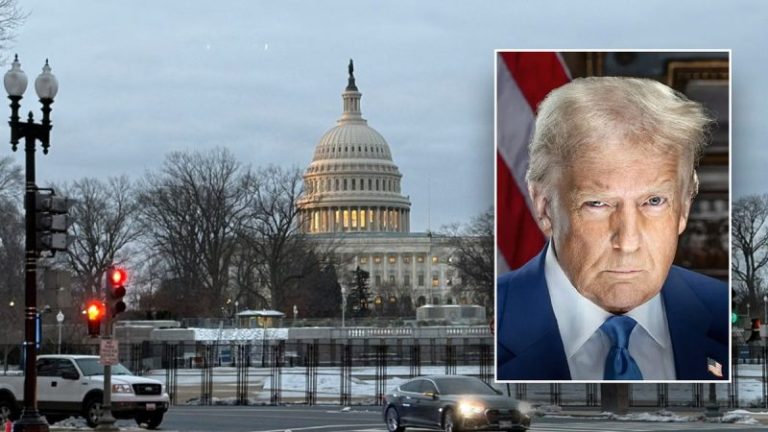The Schwab US Dividend Equity ETF (SCHD) stock price has rebounded in the past few weeks, rising by 11.5% from its lowest point this year. SCHD has jumped to a high of $26.60, its highest point since April 3. This article explores the top catalysts for the blue-chip dividend ETF.
Top SCHD ETF earnings
The first important catalyst for the SCHD ETF will be earnings by some of its top constituent companies. Historically, these earnings have impacted its performance, especially if they are big companies.
The first one will be Home Depot, the fifth-biggest company in the fund with a $2.8 billion stock. Home Depot’s earnings are expected to show that its revenue rose by 7.78% in the last quarter to $39.25 billion.
Target, one of the top American retailers, will also publish its financial results this week. These numbers are expected to reveal that its earnings per share dropped from $2.03 last year to $1.69 in the last quarter. The revenue figure is expected to drop by 0.49% to $24.5 billion.
Target has been struggling in the past few years and has continued to underperform companies like Walmart and Costco. It has been hurt by its DEI policies, slow rollout of its e-commerce business, and its groceries approach. All these factors explain why the Target stock price has dropped by over 43% from its highest point last year.
The other SCHD company to watch will be Buckle, which will release its earnings on Friday this week.
The recent earnings season has been strong, with a report by FactSet showing that the blended earnings growth of companies in the S&P 500 Index coming in at 13.6%, the second quarter of double-digit growth.
However, these earnings have been viewed as being transitory because they did not include tariffs that Trump announced last month.
Moody’s credit rating downgrade
The other key catalyst for the SCHD ETF will be the decision by Moody’s to downgrade the US credit rating. The company moved the rating from AAA to AA1 a year after it changed its outlook to negative.
This credit rating downgrade came as Washington politicians deliberated on Donald Trump’s spending package that will increase the deficit by over $4 trillion in the next decade.
The credit rate downgrade is always a big deal, which explains why American stock futures are falling. Those tied to the Dow Jones dropped by 400 points, while the Nasdaq 100 and S&P 500 ones fell by 70 and 308, respectively.
On the positive side, Moody’s did not tell the market anything new. Most analysts already know that the situation is not all good as the public debt has jumped to over $36.8 trillion. Also, the stock market has already done well since it was downgraded by S&P 500 in 2011 and by Fitch in 2022.
Why the Moody’s downgrade of the US SHOULD BE a nothingburger
—-
In August 2011, S&P went first and downgraded the US from AAA to AA+. All hell broke loose.
The reason hell broke loose was a lot of derivative contract, loan agreements, investment directives and the like
Read more: Moody’s stock price is rising, but chart points to a pullback
SCHD ETF stock price analysis
SCHD ETF stock chart by TradingView
The daily chart shows that the SCHD ETF share price has rebounded in the past few weeks, moving from a low of $23.8 in April to $26.63 today. It has jumped above the 50-day and 25-day Exponential Moving Averages (EMA).
The stock has also retested the important resistance point at $26.63, the lowest swing in December last year. Also, the Relative Strength Index (RSI) and the MACD indicators have continued rising.
Therefore, the most likely scenario is where the SCHD stock experiences some volatility as the market reflects on the credit rating downgrade. It will then resume the uptrend as bulls attempt to hit the year-to-date high of $28.56.
The post SCHD ETF analysis: 2 catalysts to move the dividend fund this week appeared first on Invezz



